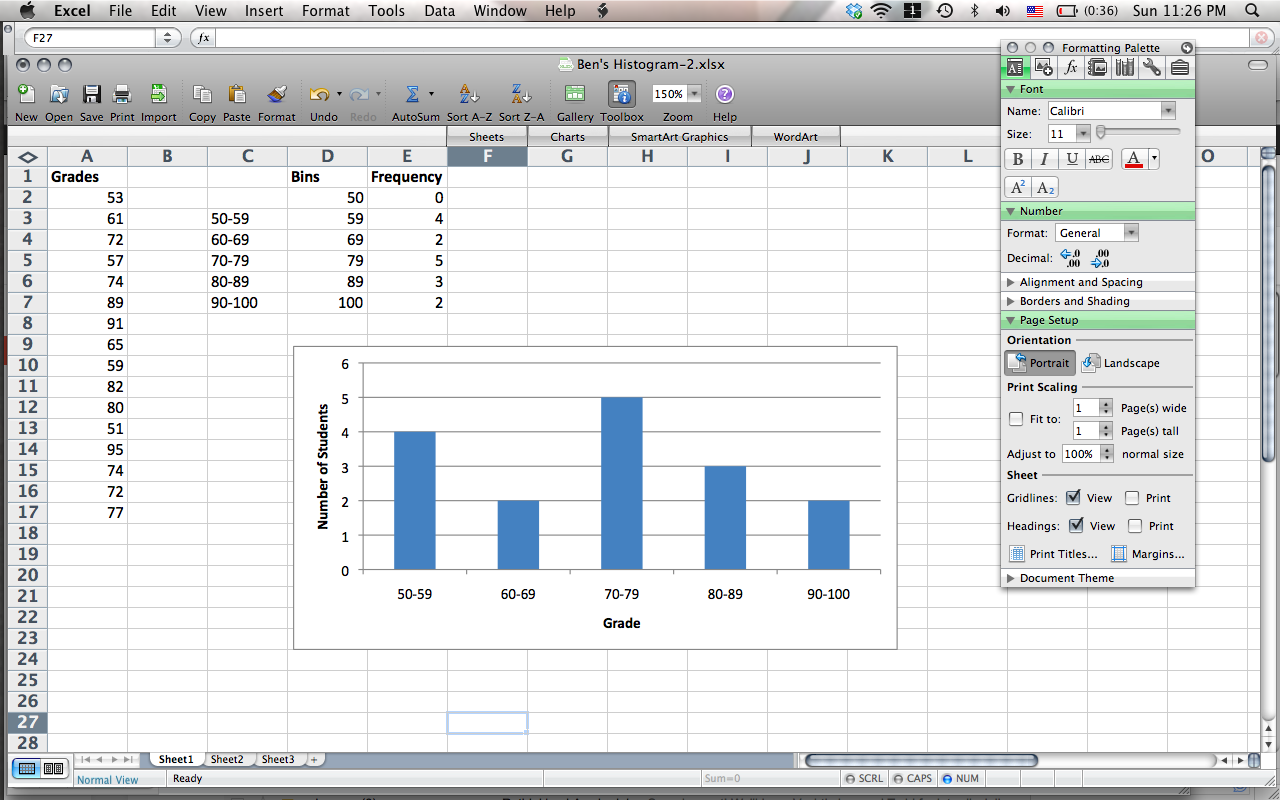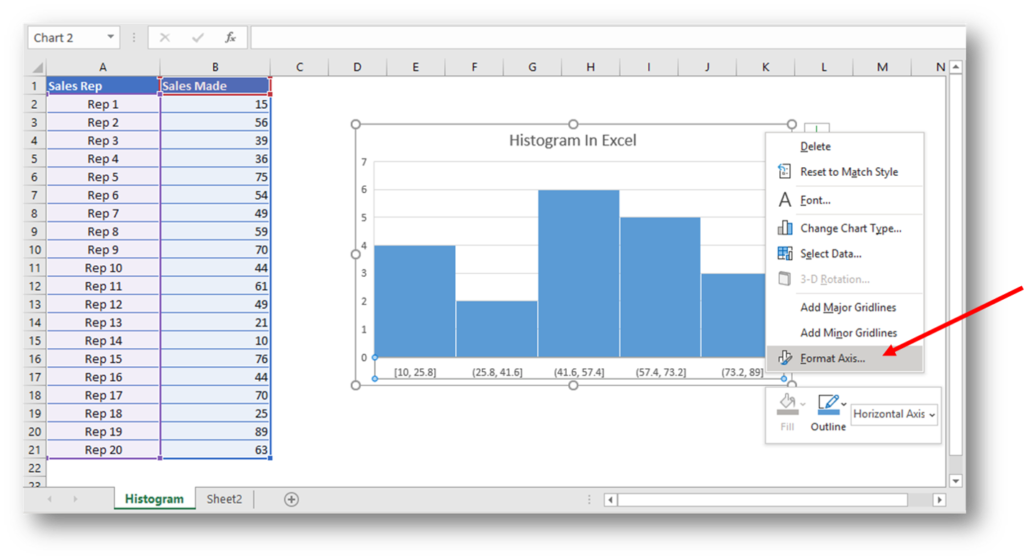

No 2021 Low Complexity/Low Energy Use Refining credits have been included as of this publication. At the end of Q4 2022, the bank stood at nearly 15.1 million credits. Regulated entities have consistently over-complied with the standard, generating a bank of credits which can be sold or retired to meet compliance obligations at any time. The green line tracks the total number of banked credits.

All other fuel types reported to the LRT-CBTS make up less than 1% of the total volume and credits and are not visually represented.įigure 3 This chart shows the total deficits (in red) and credits (blue) generated during each quarter. For instance, while ethanol makes up the largest amount of alternative fuel on a volume and energy basis, in 2020 about eighty-six percent of the LCFS credits were generated by non-ethanol fuels with lower carbon intensities. The program will continue post 2030 at a 20% reduction.įigure 2 The LCFS recognizes that the use of certain fuels results in greater greenhouse gas reductions than others comparing volumes of each fuel and the total credits generated by that fuel reveals trends both in supply changes as well as the shifts in a fuel’s source or innovation in its production. Banked credits can be used in future years to meet the standard, such as in 2020. Years in which more alternative fuels were brought to market (green line) than needed to meet the compliance standard (black line) result in banked credits. The compliance standard was frozen at 1% reduction from 2013-2015 due to legal challenges.

The LCFS target is to achieve a 20% reduction by 2030 from a 2010 baseline by setting a declining annual target, or compliance standard. For figures without a hyperlink, the underlying data is considered business confidential.įigure 1 This figure shows the percent reduction in the carbon intensity (CI) of California’s transportation fuel pool. Please note to download any underlying excel spreadsheets, right click on the hyperlinked "Figure #".


 0 kommentar(er)
0 kommentar(er)
